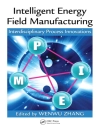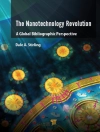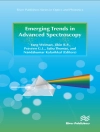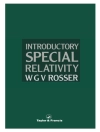All solids are composed of atoms or molecules and in order to explain their behavior, experiments and theories came forward. Simultaneously, many new materials were synthetically and systematically developed in the laboratories, properties of which needed to be understood before deploying them in various technologies. It is known that there is a strong correlation between structure and properties of materials. Therefore, experiments on solids involve understanding their structure with diffraction techniques using X-rays, electrons or neutrons. The materials may be in different forms like bulk solid, thin films or powders and need to be observed using microscopes. Finally the properties can be correlated to electronic structure which can be deciphered through various spectroscopy techniques. Magnetic measurements give the insight in to electron-electron correlation. The advantages and limitations of the techniques are also spelled out. In other words, this book takes into account the unaddressed needs of students and teachers associated with the experimental methods. Its relevance has increased manifold, as it addresses a wide scope of the topics in concise manner. Such as improving signal-to-noise ratio, cryogenic methods, vacuum science, sources and detectors for electrons, photons (from infra-red to gamma rays), error analysis, statistical handling of data, etc. Please note: This title is co-published with Capital Publishers, New Delhi. Taylor & Francis does not sell or distribute the Hardback in India, Pakistan, Nepal, Bhutan, Bangladesh and Sri Lanka.
Sulabha Kulkarni & Shailaja Mahamuni
Foundations of Experimental Physics [PDF ebook]
Foundations of Experimental Physics [PDF ebook]
Achetez cet ebook et obtenez-en 1 de plus GRATUITEMENT !
Format PDF ● Pages 374 ● ISBN 9781000202458 ● Maison d’édition Taylor & Francis Ltd ● Publié 2020 ● Téléchargeable 3 fois ● Devise EUR ● ID 9324732 ● Protection contre la copie Adobe DRM
Nécessite un lecteur de livre électronique compatible DRM












